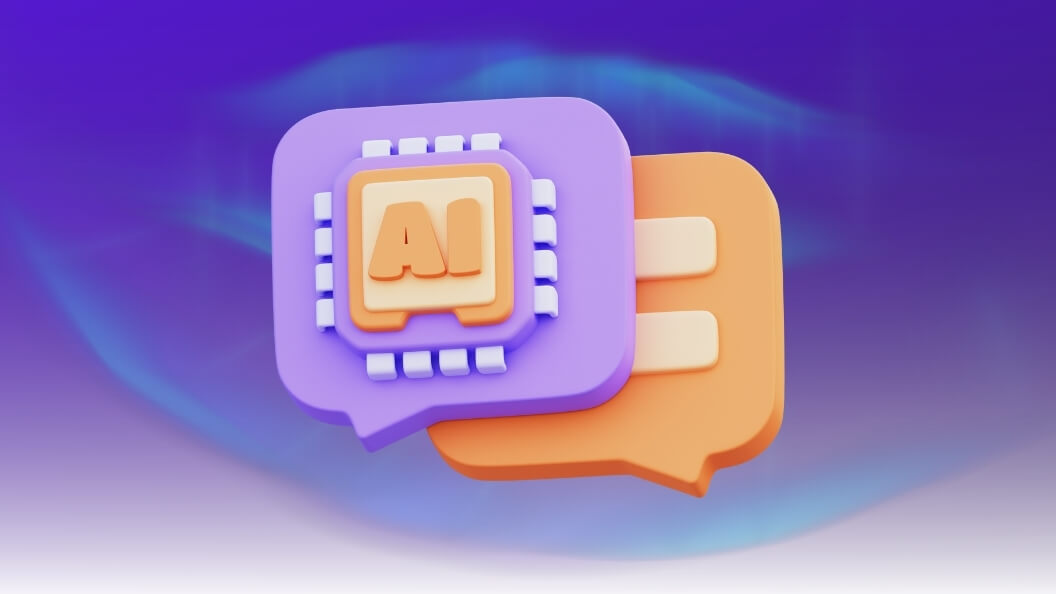
Introduction
Imagine a digital key that unlocks the door to a world where conversations with machines become as natural and engaging as chatting with a friend. This key is known as a "Chatbot API." At its core, a Chatbot API is a set of rules and protocols that allows different software applications to communicate with chatbot services. A Chatbot API is like having a translator who can fluently speak 'computer' and 'human', making it possible for us to communicate with machines in our natural language.
When you type a message to a chatbot, this message is sent through the API to a processing system. This system, often powered by advanced AI, interprets your message, understands your request, and then sends a response back through the API, which is then displayed to you. This process happens in mere seconds, making it feel like a real-time conversation. Chatbot API can be integrated into websites, mobile apps, messaging platforms, and even smart devices, making it a versatile tool for businesses and developers. From customer service bots that answer queries 24/7 to personal assistants that help manage your schedule, the applications are vast and continually evolving.
Moreover, Chatbot APIs are constantly learning. They use technologies like machine learning and natural language processing to get better at understanding and responding to a wide range of queries. This means the more they interact, the smarter and more efficient they become.
The Evolution of Chatbot APIs
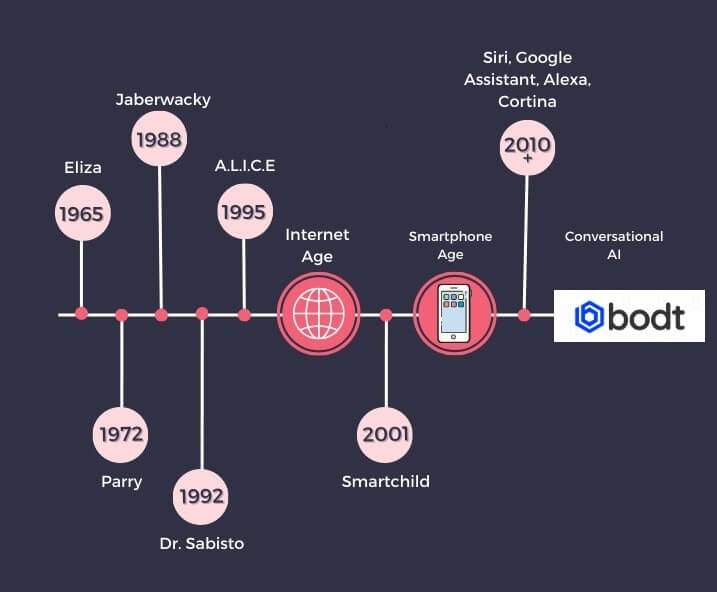
The concept of a machine mimicking human conversation dates back to 1965 with Joseph Weizenbaum's creation of ELIZA, an early program that could simulate conversation by pattern matching and substitution methodology. This groundbreaking development laid the foundation for future chatbots. Advancing the concept, PARRY, developed by psychiatrist Kenneth Colby, simulated a person with paranoid schizophrenia. It was more sophisticated than ELIZA and was one of the first attempts at creating a model of human thought and emotion in a chatbot.
Over the years, advancements in artificial intelligence and natural language processing have significantly evolved chatbot capabilities. In the early 2000s, with the rise of the internet and increased computational power, chatbots began to emerge as practical tools for customer service and personal assistance. The introduction of APIs made it easier for these chatbots to be integrated into various platforms, allowing for more widespread use and versatility.
In recent years, chatbot APIs have undergone remarkable transformations, becoming more sophisticated and user-friendly. The advent of machine learning and AI technologies like GPT (Generative Pre-trained Transformer) has enabled chatbots to understand and respond to complex queries more accurately, making interactions more natural and human-like. Today, chatbots are not just confined to customer service; they are used in healthcare for patient assistance, in e-commerce for personalized shopping experiences, and even in education for tutoring purposes. The integration of chatbots with popular messaging platforms like WhatsApp and Facebook Messenger has further expanded their reach, making them a ubiquitous part of our digital lives. This evolution has transformed digital interaction, making it more efficient and accessible. Chatbots have not only improved the speed and quality of service delivery but also opened up new avenues for businesses to engage with customers in a more personalized and interactive manner.
Features and Benefits of Chatbot APIs

Chatbot APIs come packed with features and benefits that make them an invaluable asset in the digital world:
- Natural Language Processing (NLP): Chatbot APIs are equipped with NLP, enabling them to understand and interpret human language. This means they can engage in conversations that feel natural and intuitive, breaking down the complexity of human interaction into something a machine can understand.
- Integration Capabilities: One of the key features of chatbot APIs is their ability to integrate seamlessly with various platforms, such as websites, mobile apps, and social media platforms. This flexibility allows businesses to deploy chatbots across different channels, ensuring a consistent user experience.
- Scalability: Chatbots can handle thousands of interactions simultaneously, something impossible for human customer service teams. This scalability ensures that customer inquiries are handled efficiently, reducing wait times and improving service quality.
- 24/7 Availability: Unlike human staff, chatbots are available around the clock. This means businesses can offer continuous customer support, enhancing customer satisfaction and engagement.
- Personalization: Chatbot APIs can be programmed to remember user interactions and preferences, allowing for personalized communication. This tailored approach can significantly enhance the customer experience and foster brand loyalty.
- Data Collection and Analysis: Chatbots are excellent at collecting data from interactions, which can be analyzed to gain insights into customer behavior and preferences. This data can be invaluable for businesses in refining their products, services, and customer interactions.
- Cost-Effective: Implementing a chatbot is often more cost-effective than maintaining a large customer service team. They reduce the workload on human employees, allowing them to focus on more complex tasks that require human empathy and understanding.
In summary, Chatbot APIs offer a blend of efficiency, scalability, and personalization, making them a powerful tool for businesses looking to enhance their digital interaction and customer service. They not only improve the user experience but also provide valuable insights and cost savings for businesses.
Free Chatbot API Options
Free chatbot APIs, like Dialogflow from Google and Microsoft's Bot Framework, offer accessible entry points for businesses and developers to create chatbots. The primary advantage of these APIs is cost-effectiveness, making them ideal for small businesses or individual developers. They often come with user-friendly interfaces and basic functionalities that are sufficient for simple chatbot applications. Additionally, these platforms usually have supportive communities and extensive documentation, aiding in the development process.

Pricing: The Bot Framework itself is free to use. However, costs may be incurred depending on the Azure services you use for hosting and other functionalities.
Features:
- Azure Bot Service: Offers an integrated environment in Azure for bot development.
- Adaptive Dialogs: Allows for the creation of sophisticated, multi-turn conversations.
- Language Understanding (LUIS): Integrates with Microsoft's LUIS for natural language understanding.
- Rich Channel Integration: Supports various channels like Microsoft Teams, Slack, Facebook Messenger, and more.
- Comprehensive Development Framework: Provides tools and SDKs for bot development in multiple programming languages.
- Bot State Service: Manages and stores conversation state.
- QnA Maker Integration: Easily integrates with QnA Maker for creating bots that can answer questions based on a knowledge base.
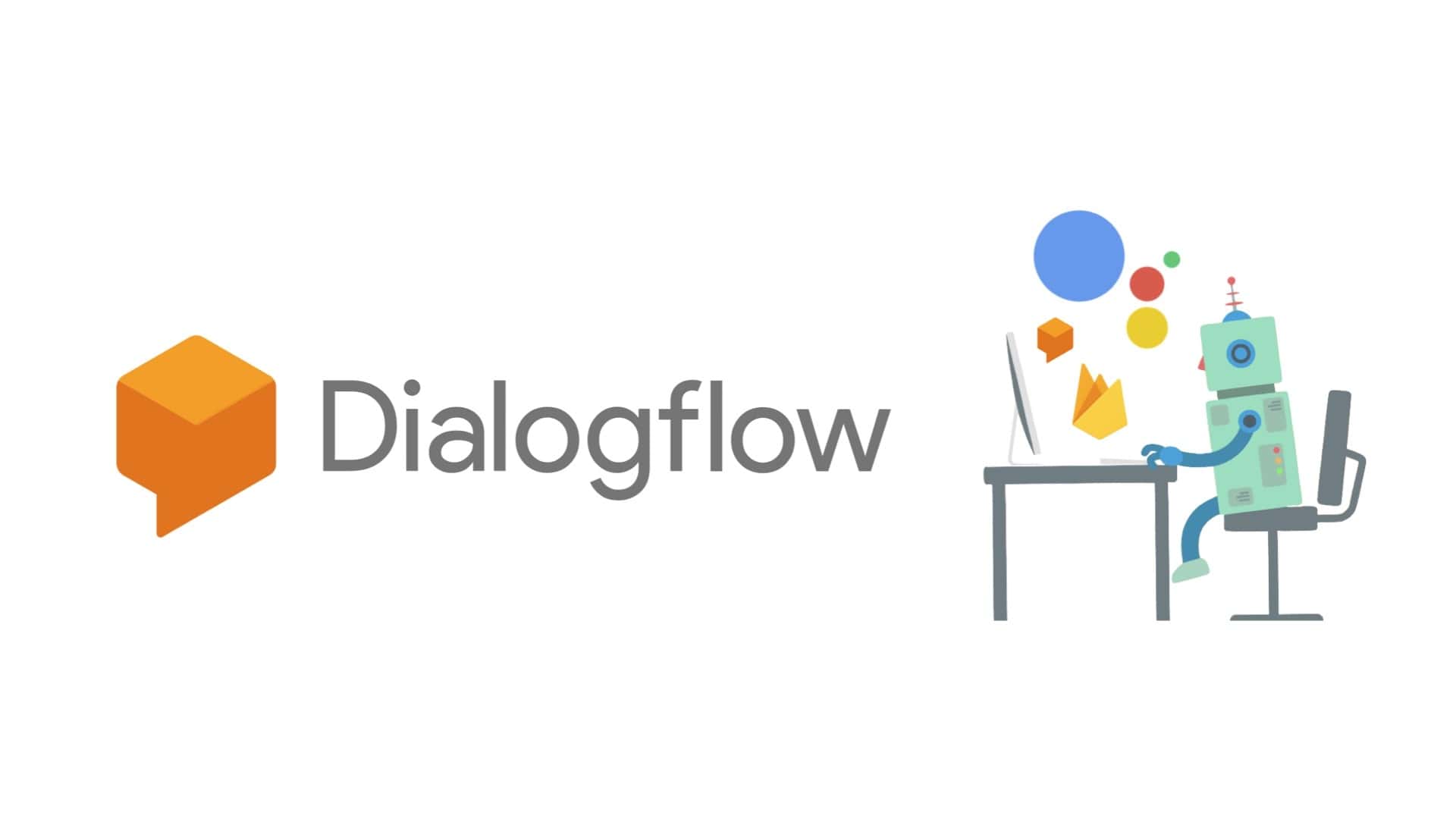
Pricing:
- Essentials Edition (Standard): Free with limited quotas. Ideal for small to medium businesses or for those who are just starting.
- CX Edition: Aimed at large enterprises, this edition is priced based on the number of requests. It offers advanced features and support.
Features:
- Natural Language Understanding (NLU): Dialogflow excels in processing and understanding natural language, allowing for more human-like interactions.
- Multi-Platform Integration: Easily integrates with websites, mobile apps, and popular messaging platforms like Facebook Messenger, WhatsApp, etc.
- Voice and Text Support: Supports both voice and text-based interactions.
- Multi-Language Support: This can be configured for multiple languages, making it suitable for global applications.
- Fulfillment and Webhook Support: Allows for integration with backend services and databases for dynamic responses.
- Agent Training and Analytics: Provides tools for training the chatbot and analyzing interactions to improve performance.
Both Dialogflow and Microsoft's Bot Framework offer robust platforms for chatbot development, each with its unique strengths. Dialogflow is known for its ease of use and strong NLU capabilities, making it a good choice for developers looking for a quick start and natural language processing. Microsoft's Bot Framework, integrated with Azure's cloud services, offers more in terms of scalability and enterprise-level solutions, especially for those already invested in the Microsoft ecosystem.
However, the limitations are significant. Free versions typically have restricted features, limiting the complexity and scalability of the chatbot. They may offer less control over data privacy and security, which is a crucial consideration for businesses handling sensitive information. Moreover, the support and maintenance services are often limited, which could be a hurdle for those without technical expertise. These APIs might also impose usage limits, which can hinder the chatbot's performance as user traffic increases.
Making API Calls in Chatbots: A Step-by-Step Guide
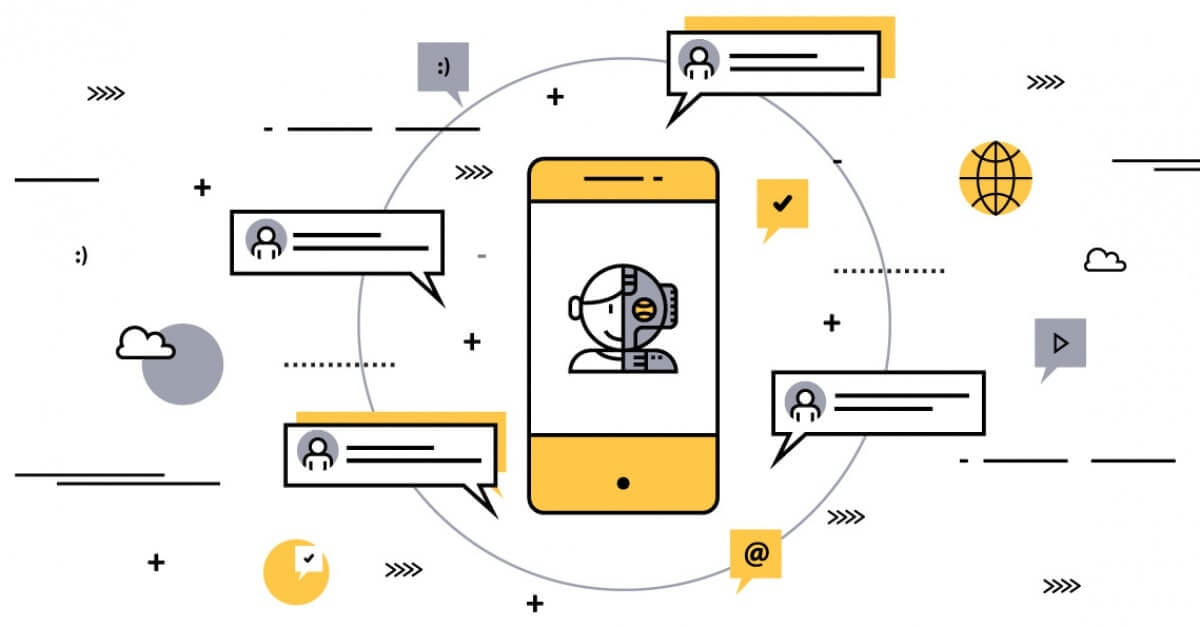
Executing API calls in chatbots involves several steps:
- Identify the API: Choose the API that your chatbot will interact with. This could be a weather API, a news API, etc.
- Obtain API Keys: Register with the API provider to get the necessary authentication keys.
- Integrate API with Chatbot: Use programming languages like Python or JavaScript to integrate the API into your chatbot's code. This involves setting up HTTP requests to communicate with the API.
- Set Up Request Parameters: Define the parameters that your chatbot will send in its API request. For example, if it’s a weather API, parameters could include location data.
- Handle the Response: Program your chatbot to process the API's response. This could involve parsing JSON data and formatting it into a user-friendly message.
- Error Handling: Implement error handling to manage situations where the API call fails or returns an unexpected response.
For instance, a chatbot integrated with a weather API might work as follows: A user asks for the weather, the chatbot sends a request to the weather API with the user's location, receives the forecast data, and relays it back to the user in a conversational format.
Creating a Chatbot Using ChatGPT API
Developing a chatbot using the ChatGPT API from OpenAI involves several steps:
- API Access: Obtain access to the ChatGPT API by registering with OpenAI and getting the necessary API keys.
- Choose a Development Environment: Set up your development environment, which could be a local IDE or a cloud-based platform. Programming the Chatbot: Use a programming language like Python to write the code for your chatbot. This includes setting up API requests to ChatGPT and handling responses.
- Customizing Responses: Although ChatGPT is pre-trained, you can customize responses to fit your specific use case, like filtering content or adding specific business logic.
- Testing: Test your chatbot extensively to refine its converse abilities and ensure it handles a variety of user inputs effectively.
The unique feature of using ChatGPT API is its advanced language understanding and generation capabilities. ChatGPT can engage in more nuanced and contextually rich conversations compared to basic chatbots. This makes it ideal for applications requiring a high level of conversational sophistication, such as customer service, personal assistants, or interactive storytelling.
Comparing ChatBot APIs:
OpenAI's ChatGPT API:
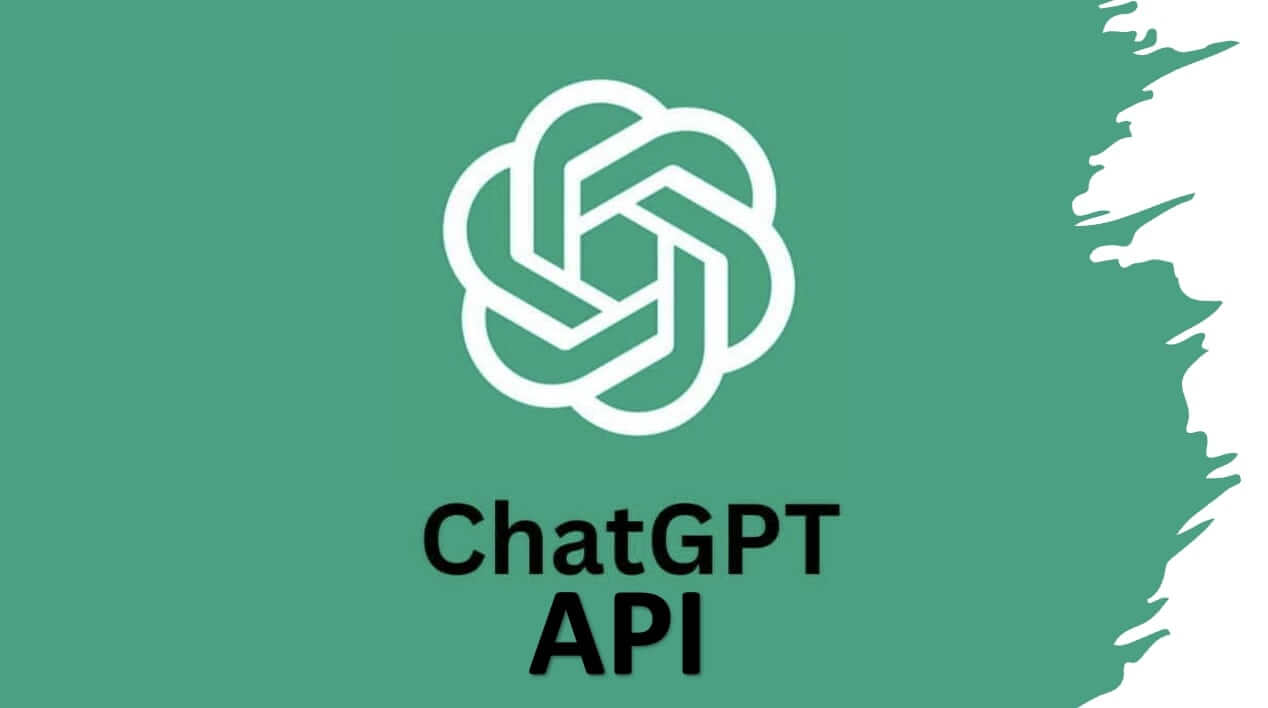
Known for its advanced natural language processing capabilities, the ChatGPT API excels in generating human-like text responses. It's ideal for applications requiring complex conversation skills, creative content generation, or deep contextual understanding.
Unique Functionalities:
- Advanced Natural Language Understanding: OpenAI's API, particularly with models like GPT-3.5, excels in understanding and generating human-like text, making interactions highly conversational.
- Versatile Content Generation: Capable of creating content across various formats and styles, from answering queries to generating creative writing.
- Contextual Awareness: Maintains context over longer conversations, providing coherent and relevant responses.
Best Use Cases:
- Customer Support: Handling complex queries with nuanced understanding.
- Content Creation: Assisting in generating articles, stories, or even code.
- Educational Tools: Providing tutoring or explanatory content in an interactive format.
WhatsApp Business API:
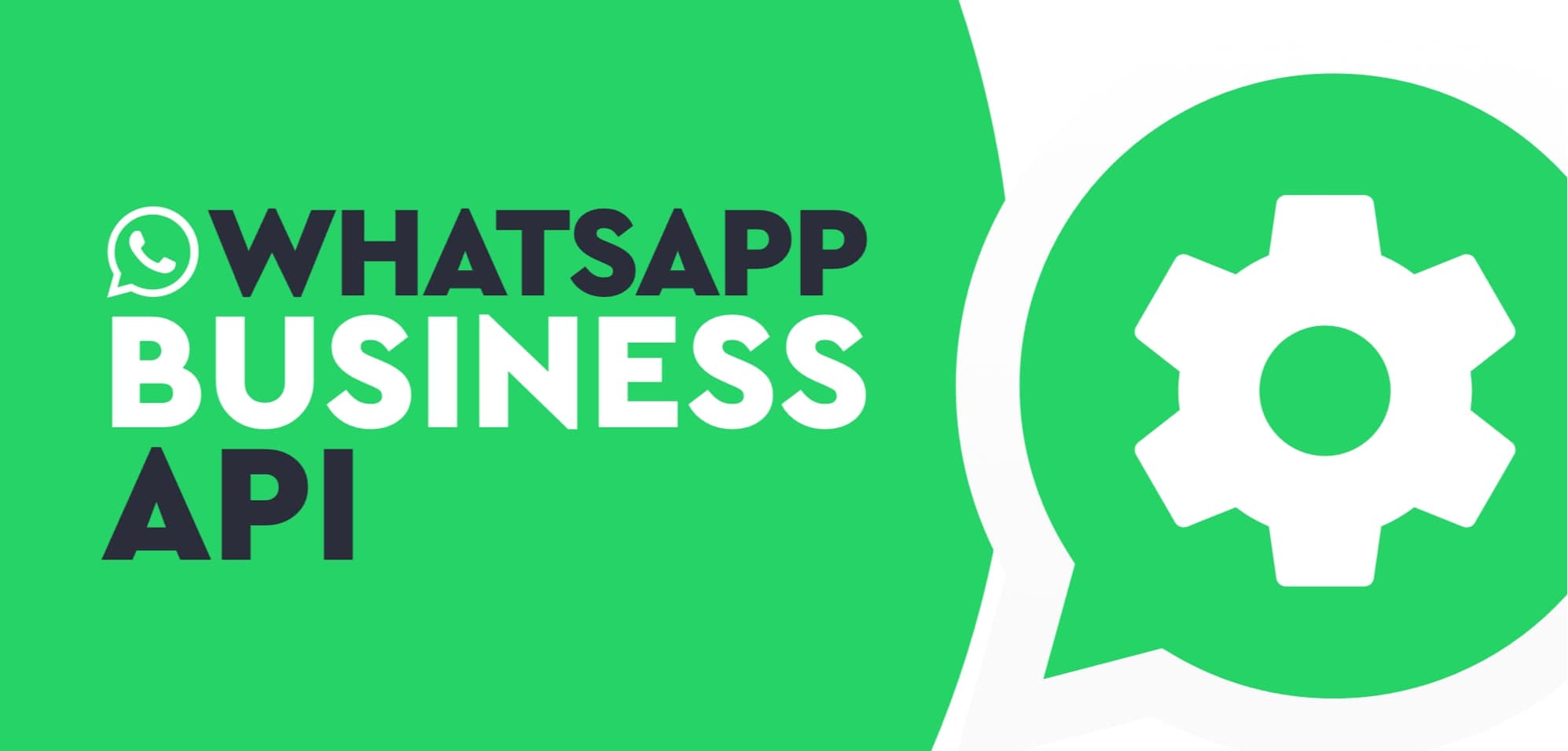
Focused on messaging, WhatsApp's API is perfect for businesses looking to communicate with customers on a widely-used platform.
Unique Functionalities:
- Direct Messaging on a Popular Platform: Leverages WhatsApp's vast user base for direct business-to-customer communication.
- Automated Responses and Interactive Chat Flows: Facilitates automated replies and structured conversation flows for efficient customer interaction.
- Multimedia Support: Allows sharing of images, videos, and documents, enhancing the richness of communication.
Best Use Cases:
- Customer Service: For businesses to manage customer queries and provide instant support.
- (Appointment Booking and Reminders): Ideal for service-based businesses like clinics or salons.
- Order Updates and Alerts: Sending real-time notifications about orders or services.
Facebook Messenger API:
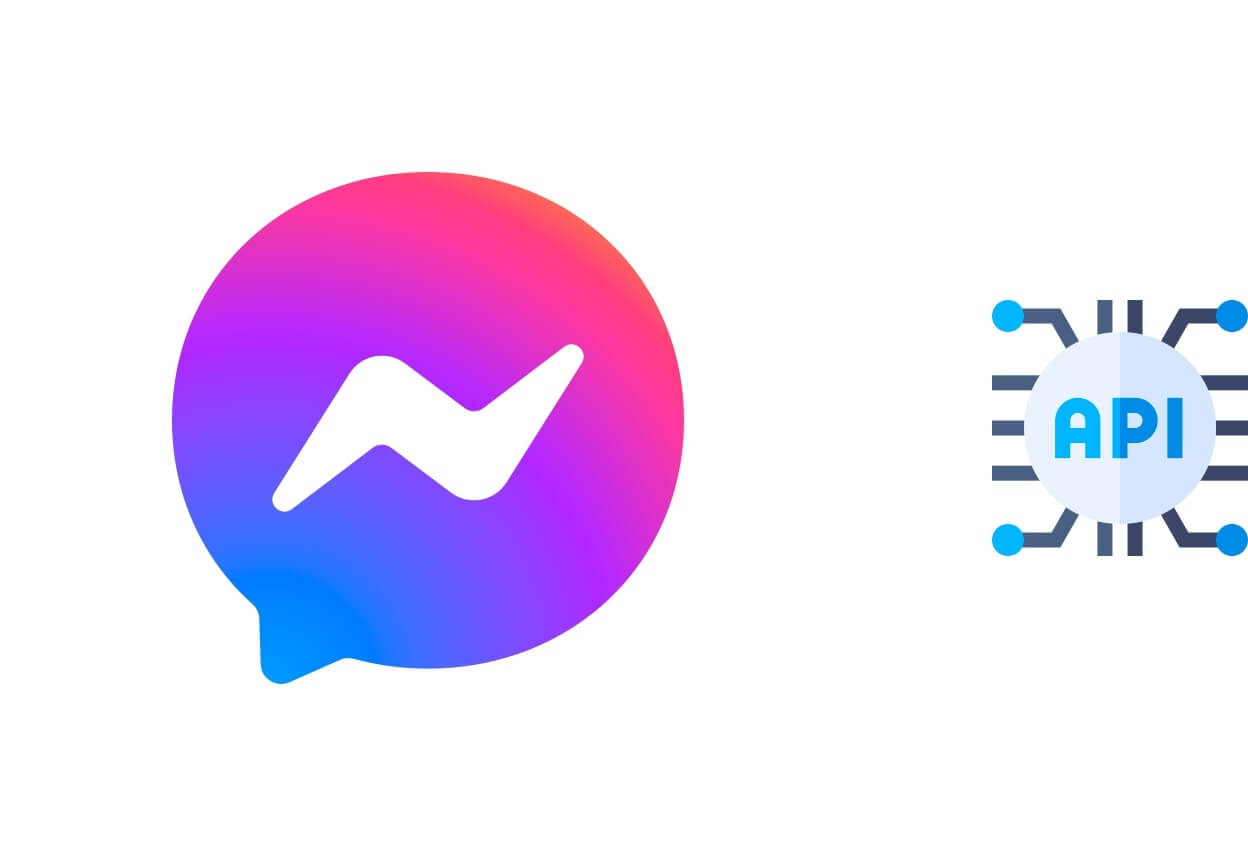
This API allows for the creation of interactive chatbots on Facebook Messenger. It supports rich media, customizable templates, and can integrate with Facebook's advertising platform.
Unique Functionalities:
- Integration with Facebook's Ecosystem: Ties in closely with Facebook pages and advertising, driving engagement from social media.
- Rich Interaction Tools: Supports quick replies, buttons, and carousels to create engaging and interactive chat experiences.
- Chatbot Customization: Offers extensive customization options to align with brand identity.
Best Use Cases:
- Marketing and Sales: Engaging potential customers through interactive and personalized conversations.
- Customer Support: Providing support and answering FAQs, especially for businesses with a strong social media presence.
- Event Reminders and Broadcasts: Sending out information about events or promotions
Future of ChatBot API
With the rapid evolution of chatbot API technology, a future where talking to a machine feels just as natural and helpful as conversing with a human expert is being shaped as you are reading this article. One of the most significant trends is the advancement in natural language processing (NLP) and machine learning. Chatbots are expected to become even more sophisticated in understanding and interpreting human speech, making interactions more intuitive and human-like. This leap in NLP will enable chatbots to handle complex, nuanced conversations, providing personalized and contextually relevant responses. Also, the integration of chatbots with emerging technologies like augmented reality (AR) and virtual reality (VR) could transform customer service and shopping experiences, allowing users to interact with virtual assistants in more immersive and interactive ways. Imagine trying on clothes virtually while a chatbot assists you with sizes and styles, or a chatbot guiding you through a virtual property tour.
The use of chatbots for predictive analysis is also on the rise. By analyzing past interactions and customer data, chatbots will be able to anticipate customer needs and offer proactive solutions, enhancing customer satisfaction and loyalty. Furthermore, chatbots are expected to become more seamlessly integrated across different platforms and devices, offering a consistent and uninterrupted service experience. This cross-platform integration means you could start a conversation with a business’s chatbot on your smartphone and seamlessly continue it on your laptop or smart speaker without missing a beat.
In terms of business impact, these advancements will not only enhance customer engagement but also revolutionize it. Businesses will be able to provide 24/7 support, personalized shopping experiences, and instant responses to customer queries. This level of service, powered by advanced chatbots, could become a key differentiator in customer experience, driving loyalty and business growth.
Conclusion
Chatbots have evolved from simple scripted bots to sophisticated systems capable of understanding and responding to human language with remarkable accuracy. As we look to the future, these APIs will continue to transform how businesses interact with customers, offering personalized, efficient, and engaging experiences. The integration of chatbots across various platforms and their ability to learn and adapt over time will not only enhance customer service but also open new avenues for innovation in marketing, healthcare, education, and more. The journey of chatbot APIs is a vivid example of technology's potential to reshape our world, making interactions between humans and machines more seamless and intuitive than ever before.
